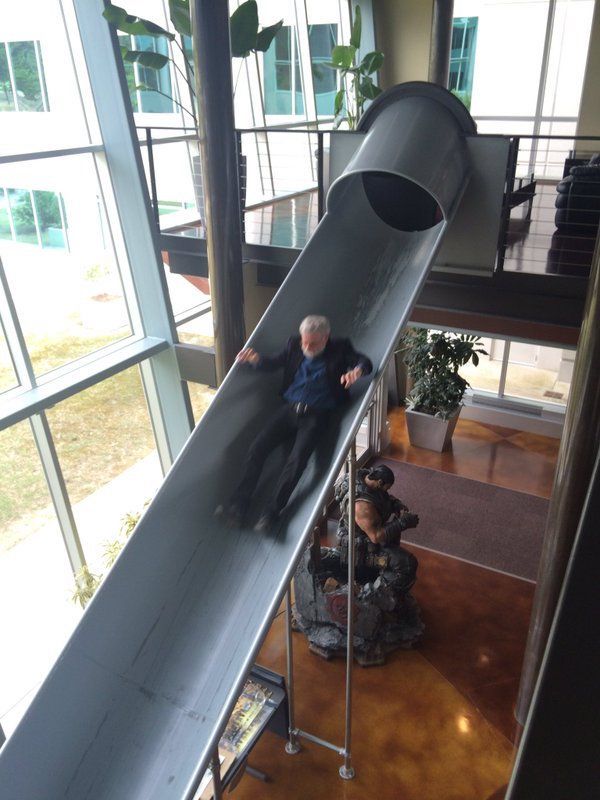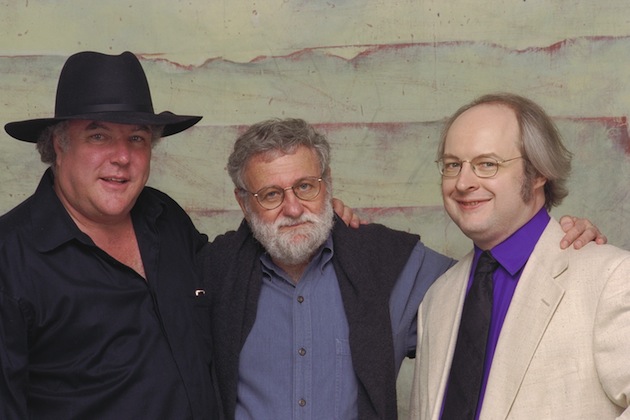
Updated February 26, 2022
I've been dormant for over a year, still active but not posting. The three activities that I said I would be doing are precisely what I was doing.
- Rethinking Design Education. This is a major project with people from over 20 countries. It is, finally, starting to get some results. Stay tuned.
- Roughly seven years ago, when I started the Design Lab at the University of California San Diego, I wanted to build the design community of San Diego and help it become the Design Capital of the world (an official designation awarded by the World Design Organization, requiring a massive endeavor). Finally, we did it. It took a huge team of committed, energetic people, but we gathered together designers, foundations, civic leaders, and the mayors of both San Diego and Tijuana (Mexico) with a massive campaign to make the San Diego/Tijuana region become the designated World Design Capital for 2024 (WDC). Although we had a huge team of dedicated people, let me single out Michèle Morris, Associate Director of the Design Lab for leading the effort (she is about to become the CEO of the WDC team.)
- I said I would write a book. And I did. I finished it yesterday and sent the manuscript off to my publisher, MIT Press.
Design for a Better World: How to create a meaningful, sustainable, and humanity-centered future. MIT Press. Expected publication in early 2023.
I will post some excerpts from the book and its Table of Contents.
I now return you to the "About Don Norman" contents
ABOUT Don Norman
I have lived multiple lives: University professor, Industry executive, consultant, keynote speaker, and author. I have been an electrical engineer, a psychologist, cognitive scientist, computer scientist, and designer. I retired from the University of California, San Diego in 1993, returned in 2014 to become the founding Director of the Design Lab: I retired in the seventh year of my five-year appointment on Dec. 31, 2020. I have also retired from Northwestern University, from the Nielsen Norman group, and from being a trustee at the Institute of Design, Illinois Institute of Technology. I now have retired five times and have the title "emeritus" from all four places.
I am co-founder and principal of the User Experience/Usability consulting firm, the Nielsen Norman group, where I am now emeritus. I have been an IDEO fellow and a member of the Board of Trustees of IIT's Institute of Design in Chicago (now emeritus at IIT). Along the way I've been a VP at Apple, an executive at HP, with experience at startups ranging from investor, adviser, and member of the board of directors. I've received three honorary degrees, the Franklin Institute medal for Cognitive and Computer Science, and membership in the National Academy of Engineering. In October 2021 I went to London to receive the Sir Misha Black Medal for Distinguished Services to Design Education for 2021. While in London I spent three days with people from the Ellen MacArthur Foundation and at the London Design Museum which just opened its exhibit on "The Waste Age." The major topic at both places was "What Can Design Do?" as we discussed how to convince manufacturers and designers to design for the Circular Economy with Circular Design principles. Both these visits played a major role in my new book.)
My published books are described at https://jnd.org/tag/book/
Biography
Biographical sketches (a Microsoft Word file)
Contact Information, Consulting, and Talks
Go to: "Consulting and Talks".
Photographs
Photographs suitable for publication
Permission for use is hereby granted.
Family Websites
Mike Norman's Motorcycle blog: G-Force Engine development
Cyndi Norman Norwitz's Immune website
About Nielsen Norman Group

Jakob Nielsen and I formed the Nielsen Norman group in 1998 to help companies create better products, services, and websites. Bruce Tognazzini (Tog) joined us a bit later: in the photo, the three of us are lined up in this order: Tognazzini, Norman, and Nielsen.
We are user advocates. We help companies move toward human-centered products and internet interaction, the better to play a major role in the new world of customer-centered goods and services.
Success in human-centered design requires giving equal weight to user experience, marketing and technology: The result is increased customer satisfaction, coupled with lower costs and rapid time to market. The major barriers to success are not technological: they are social, political, and organizational.
Retirement From NNg
I am now retired from NNg, and although I am still an officer of the corporation, I do not take part in any of its activities. So, if you have questions about NNg, do not ask me.
What does jnd.org mean?
In the field of psychophysics, that branch of experimental psychology that studies sensation and perception, a jnd is the amount that something must be changed for the difference to be noticeable, defined to mean that the change is detectable half the time. My goal is to make a noticeable difference -- many jnds worth -- in human-centered technology.
I started my career as an experimental/mathematical psychologist in psychophysics, and my love of the exquisite sensitivity and dynamic range of hearing and seeing, as well as the power of human perception has stayed with me.
For the definition of jnd as used in psychophysics, see the Wikipedia definition.
About this site
Coded by Matthew Goddard (matt@matthewgoddard.net), who also maintains the site.
Reporting Problems With This Site:
Report problems to webmaster@jnd.org